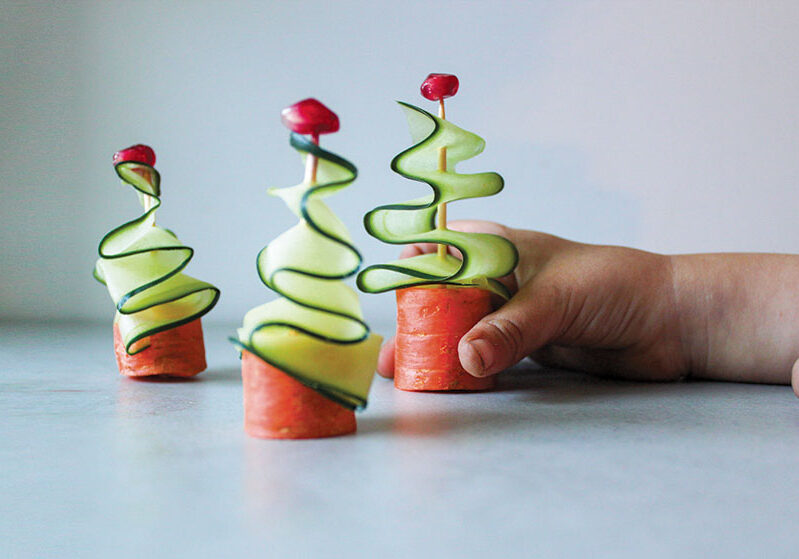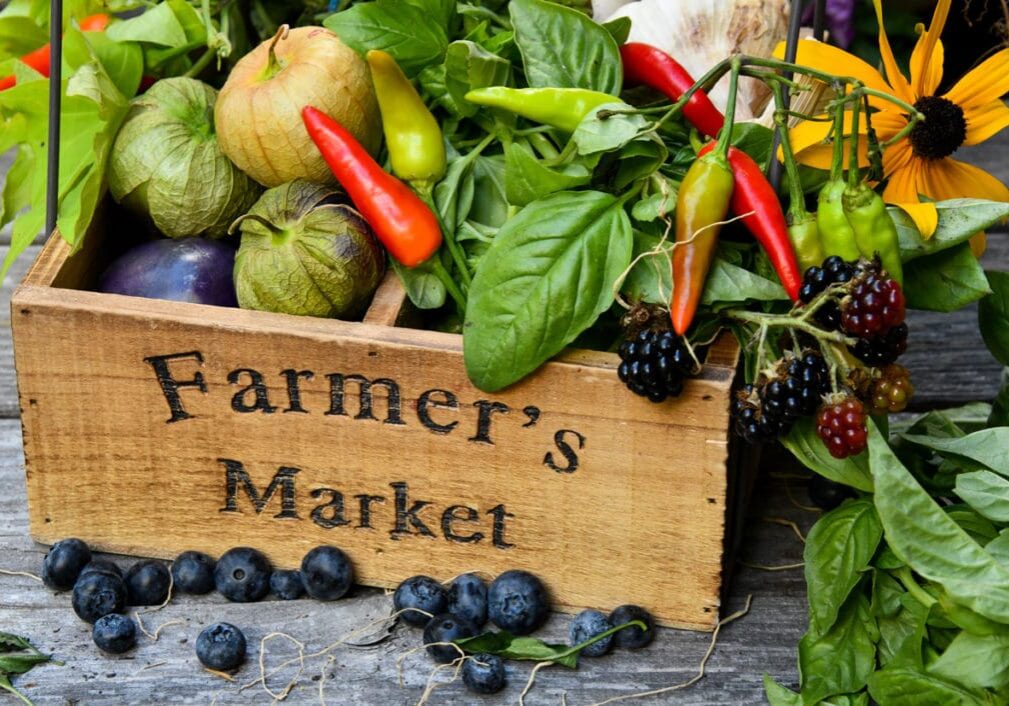Fruits and vegetables… simple, yet complex! We hear family, friends, and often ourselves announce goals to include more in our diets. Fruits and veggies can be the most beautiful foods we find, filled with essential vitamins, minerals, and phytonutrients that are key players in health and wellness.
Eating seasonal, local produce not only boosts the economy while promoting less fuel and energy use – it also ensures fresher quality and increased nutrient content. You’re essentially getting more bang for your buck, especially when produce is grown without the use of pesticides and herbicides.
Autumn arrives bountifully, with farmers markets and perhaps our own gardens yielding an array of goods. Pumpkins and winter squash take the spotlight as they welcome a cooler season with their warming nourishment.
Let’s dive in and see what tasteful edibles fall has to offer:
POMEGRANATE An edible ornament, filled with little ruby-colored gems packed with anti-aging antioxidants and anti-inflammatory, heart-healthy properties. The easiest way to separate the gems from the bitter white membranes is to cut the fruit into sections and place in a bowl of water. Strategically swirl your fingers in the water, separating the gems, drain, and enjoy by itself or as a salad topper!
PERSIMMON A yellow-orange sweet treat of about 20 different known varieties. In California, the most popular are Fuyu and Hachiya. Both are rich in fat-soluble vitamin A, necessary for the eyes, skin and immune system. Persimmons are also rich in Manganese, which is linked to skin integrity and blood sugar control. Enjoy the deep orange Fuyu when firm. Eat like an apple or roast with cinnamon and butter. Patience is needed with the Hachiya – they require ample ripening time to become soft (resembling a water balloon). Include persimmons in your holiday cookies, puddings, cakes and chutneys, or enjoy just as they are! Note: always remove the seeds, and consume no more than two a day.
QUINCE Frequently forgotten, this yellow, aromatic pear-like fruit is loaded with vitamin C and copper, both of which play a major role in bodily processes. Too sour to be eaten raw, when sliced and roasted until soft with maple syrup or honey and your favorite autumn spices, you’re in for a fragrant treat! Quince is commonly found in pies, marmalades, jellies and compotes.
SPAGHETTI SQUASH Perhaps the most unique and amusing of winter squashes, with its golden threads as the name implies, it contains a wide range of vitamins, minerals and fiber. Split lengthwise and remove seeds (save for roasting like pumpkin seeds). Roast the squash face down in a 375 degree oven in an inch of water, until there’s little resistance when a fork is inserted. Recruit some smaller hands to help shred with a fork once cooled. Add your favorite pasta sauce or just some olive oil or butter, fresh garlic, pink salt and pepper, and you’re set for an excellent main or side dish!
ROMANESCO A green fractal of beauty, this member of the cauliflower family has the perfect nuttiness with easier digestibility than its other family members. Packed with vitamin C and a fair amount of zinc, it can help support your immune system. Use in place of broccoli or cauliflower in any recipe, or steam and roast with butter and slivered almonds for an extraordinary, tasteful side dish.
BUTTERCUP SQUASH The princess of squash, she wears her blue-green crown to match her gown. The flesh is orange, offering another great source of vitamin A, and potassium and magnesium, which assist in muscle relaxation. Its creaminess lends itself to soups and many side and main dishes. Reserve the seeds to roast for a crunchy snack.
EGGPLANTS Varying in shape, color and origin, eggplants have a wonderful spongy texture underneath their glossy skin. Especially with the purple varieties, you’ll find phytonutrients of potent free-radical scavengers which are optimal for cardiovascular, brain and cell health. Consider including eggplant in your coconut curry, or make a dip by sautéing it with olive oil, onion, garlic, zucchini, bell pepper and tomato, then blending.
“I love this time of year and the bounty of fall harvest!” says Erin McCarthy, MS, a registered dietitian and owner of Cook Red Bluff. “There are so many ways to get creative with the fruits and veggies listed above. For smaller squashes, like the buttercup (and even eggplant), grating them is foolproof. So toss them into breads, muffins, pancakes, hamburgers and meatloaf, or mix them with an egg.” Offering kid’s cooking classes and a number of other fun activities, find Cook Red Bluff on Facebook, visit their website http://www.cookredbluff.wordpress.com, or call (530) 690-2374 to learn more.
Posted in: Localicious
Comment Policy: All viewpoints are welcome, but comments should remain relevant. Personal attacks, profanity, and aggressive behavior are not allowed. No spam, advertising, or promoting of products/services. Please, only use your real name and limit the amount of links submitted in your comment.
You Might Also Like...

Localicious: Birthday On The Farm!
As we welcome spring and roll out our April birthday-themed issue, I couldn’t help but think of outdoor adventures for the Localicious column. While bounce houses are nice, they weren’t […]
Localicious: Local Brewers Add Spice to Life … One Teacup at a Time
The reasons for brewing a cup of tea are many, whether seeking a unique flavor or a remedy, continuing a tradition or enhancing a visit, or simply enjoying something warm […]

Playful & Light Holiday Treats
As we make our way through one more month of holiday treats, I wanted to bring in a little fun food play for my kids that wasn’t solely focused […]

Farmers Market Fun for the Whole Family- Localicious
You can find farmers markets all over. From town greens to city parks, rest stops on highways to roadside stands; farmers are offering their wares. Farmers markets are a great […]



